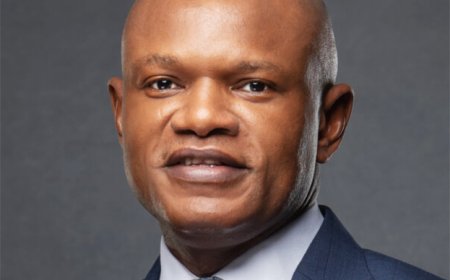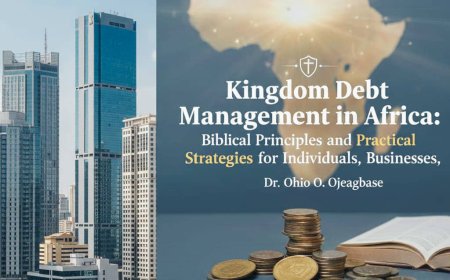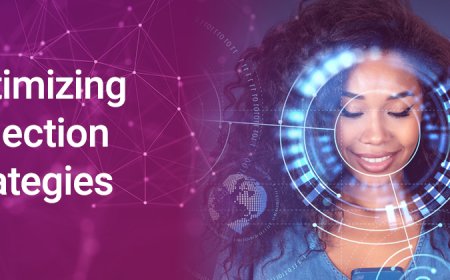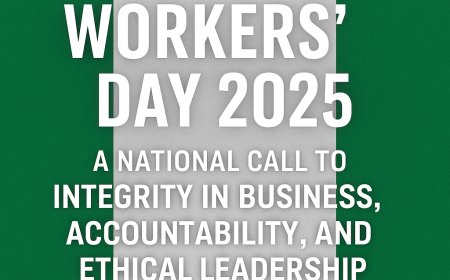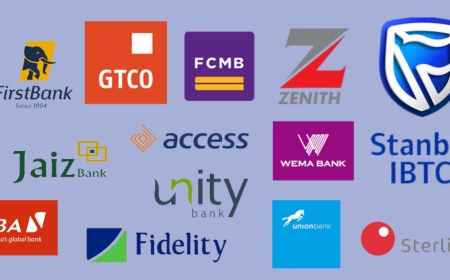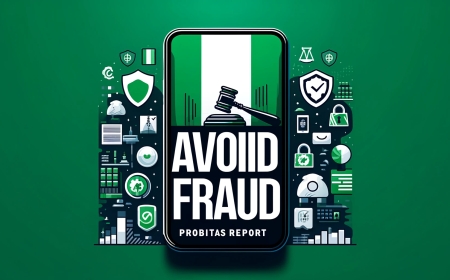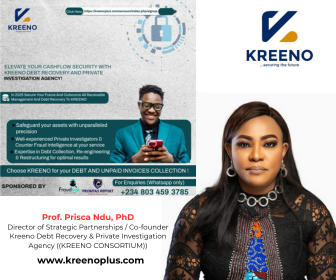Future-Proofing Your Business: Essential AI Cybersecurity Strategies
Discover how artificial intelligence is transforming cybersecurity for modern enterprises. Learn essential AI-driven strategies to protect your business from data breaches, insider threats, and digital fraud while building a resilient security framework that adapts to emerging risks.
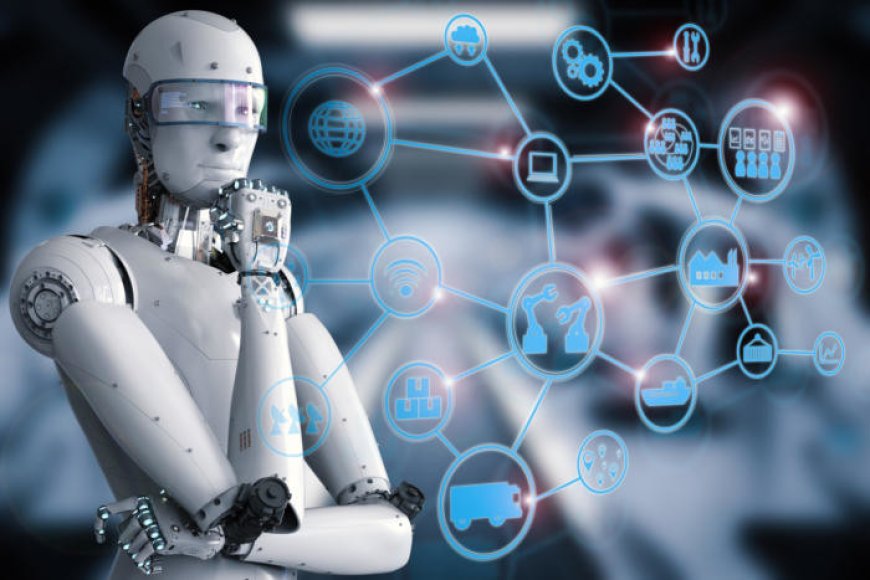
By Dr Ohio O. Ojeagbase
The scent of innovation hangs heavy in the air. Artificial Intelligence, a force once relegated to science fiction, is now an undeniable engine of commerce, promising unprecedented efficiency, insights, and growth. From optimizing supply chains to personalizing customer experiences, AI’s potential to reshape industries is boundless. Yet, beneath this gleaming veneer of progress lies a burgeoning shadow – a rapidly evolving landscape of cyber threats, where the very tools designed for advancement can be weaponized against us. In this new era, financial crime is not just adapting; it’s being supercharged by AI, posing an existential risk to businesses ill-prepared for the future.
This isn't merely a technical challenge; it’s a strategic imperative. Future-proofing your business means understanding this intricate dance between opportunity and risk, leveraging AI’s power for defense while safeguarding against its malevolent applications. The stakes, particularly when it comes to financial integrity and data security, have never been higher.
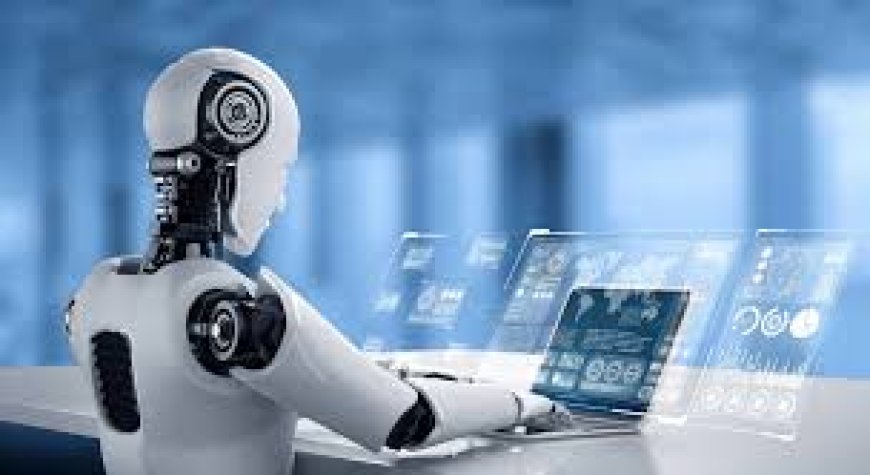
The New Battlefield: AI's Dual Nature Unveiled
For businesses rushing to embrace AI, the perceived benefits often overshadow the inherent dangers. However, leading experts and ethical hackers are sounding a clear alarm: the AI systems we're building are remarkably fragile. As a recent BBC News segment on "AI Decoded" starkly highlighted, an advanced hacker might need as little as 30 minutes to "jailbreak" or stress-test complex AI models from tech giants like Microsoft and Google. This isn't theoretical; it’s happening now.
Meet "Plienny the Prompter," an ethical online warrior who, along with others, is actively demonstrating the significant shortcomings of AI models. Their work exposes how Large Language Models (LLMs), despite being coded with elaborate guardrails, can be manipulated to generate malicious code, craft convincing scam scripts, and bypass safety protocols. Imagine a teenager joyfully breaking a game; now imagine that game controls critical business functions or sensitive data. The implications are terrifying.
The NHS cyberattack, where Russian cybercriminals used sophisticated AI tools to breach computers, expose patient data, and encrypt vital information for ransom, is a chilling reminder of AI’s weaponization in the hands of adversaries. This was not a risk on the horizon; it was a reality just weeks before the broadcast. Critical infrastructure, including hospitals, schools, and even nuclear power plants, are seen as "soft targets" in this evolving landscape. As cyber safety experts point out, AI systems are "wildly ineffective" at patching known vulnerabilities because they’re not coded line-by-line like traditional software; they’re "grown," like immense piles of numbers. Our understanding of their internal workings is still nascent, making them profoundly difficult to secure.
This creates a constant "cat and mouse" game, an arms race where defenders are often one step behind. Legislation struggles to keep pace, leaving organizations to navigate unknown risks. The fear of missing out (FOMO) on AI’s benefits drives rapid adoption, but as the AI Safety Institute and National Cyber Security Center warn, much of this technology is still in beta. Integrating such nascent tools into core systems without robust security considerations is akin to "taking pilot approaches with synthesized data, with anonymized data" before unleashing it on your most vital assets.
Beyond direct system breaches, AI also threatens the very fabric of truth. Jack Dorsey, former Twitter boss, ominously predicted that within 5-10 years, distinguishing real from fake content will be "impossible." Deepfakes, AI-generated voices, and hyper-realistic synthetic media are not just tools for disinformation campaigns; they are potent weapons for financial crime. Imagine a CEO’s voice cloned for a fraudulent transfer request, or deepfake videos used to manipulate stock prices. This erosion of trust isn't just an existential risk for social media—it’s an existential risk for all businesses that rely on verifiable information and secure communication. The burden of verification, traditionally falling on the consumer, highlights a fundamental failure in the digital systems that now underpin our lives.
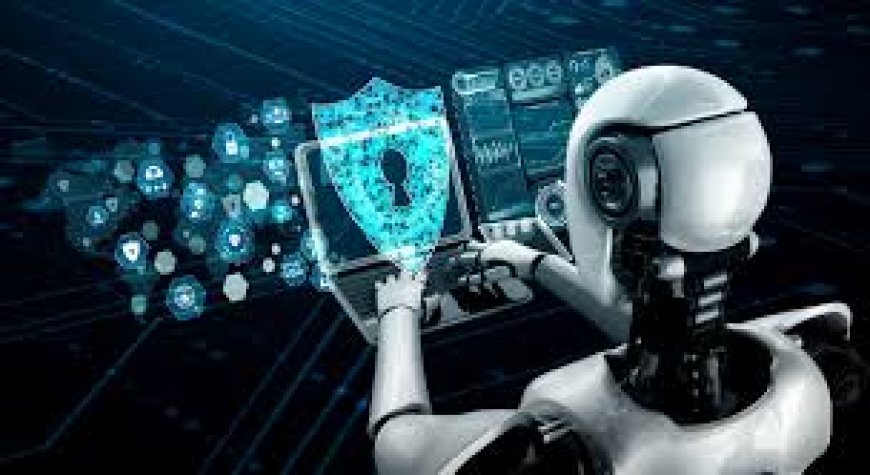
Understanding the Enemy: The Human Element of Financial Crime
Whilst AI introduces novel attack vectors, financial crime has always leveraged human nature. As we've transitioned from the analog to the digital world, every aspect of our existence ranging from banking and commerce to personal identities that has migrated online. This digital shift, whilst convenient, has created a vast new frontier for fraudsters. The internet’s structure itself, with its hidden layers of the "deep web" and the perilous "dark web" (where an astonishing 94% of internet activity occurs, according to one expert), provides anonymity and infrastructure for illicit activities. Here, stolen data, identities, and malicious tools are traded, fueling an incessant barrage of cyberattacks.
Financial crime, at its core, is the exploitation of human weaknesses. As the "Securing the Assets" concept powerfully states, "The maintenance of your ignorance will give the enemy advantage over you." Fraudulent actors profile individuals and organizations based on their online behavior, tastes, and vulnerabilities. They employ tactics like keystroke recorders to steal sensitive information and craft highly personalized attacks.
Kelly Richmond Pope, author of "Fool Me Once: Scams, Stories, and Secrets from the Trillion Dollar Fraud Industry," delves into the profound psychological aspects of financial crime. She emphasizes that fraud is a trillion-dollar global problem, constantly rising, affecting every industry and country. It's not a victimless crime, even if psychological distance makes it seem so; it undermines confidence, destroys lives, and strips away "hard-earned currencies," which, as one concept notes, is the "blood" of family and business.
Pope introduces the "fraud triangle": opportunity, rationalization, and pressure. This framework is critical for understanding why even seemingly honest individuals might engage in fraudulent activities:
Pressure: Financial hardship, debt, performance targets (like needing to hit revenue numbers for Wall Street, as seen in the Wells Fargo scandal), or even personal crises.
Opportunity: Weak internal controls, lack of oversight, or a position of trust that allows manipulation of systems.
Rationalization: The ability to justify one's actions, convincing oneself that it’s a loan, a temporary fix, or even "helping a friend" or "writing a wrong."
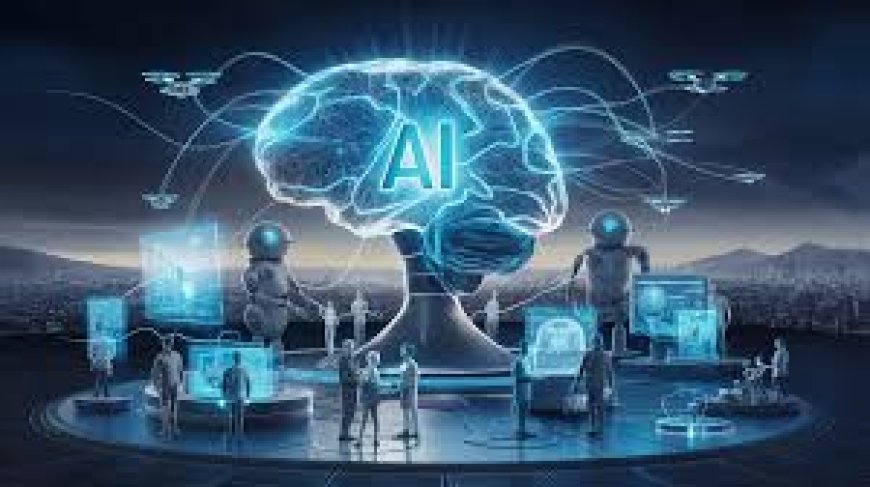
Pope further categorizes perpetrators into:
Intentional Perpetrators: The classic masterminds like Bernie Madoff or the Enron executives, who knowingly exploit systemic weaknesses for massive personal gain. They are often charismatic, savvy, and hold significant authority, allowing them to operate undetected for long periods.
Righteous Perpetrators: Those who commit fraud not for personal enrichment, but to help others like a family member, a friend, or even a community. Examples include the lawyer who hired her husband for a printing contract that led to phony invoices, or the woman who created fictitious invoices to help her neighbors get jobs. Whilst their motives might seem noble, their actions still constitute crime and often lead to devastating consequences.
Accidental Perpetrators: Perhaps the most unsettling category, as it reflects the vulnerability of "team players" and "people pleasers." These individuals, typically loyal and trusting, are coerced or unwittingly become complicit in fraud by following a superior’s unethical directives. They might make a "bad entry" in accounting, believing it will be reversed later, only to find themselves entangled in major scandals. The pressures to keep a job, support family, or maintain a certain lifestyle often override their moral compass.
This human element is crucial to future-proofing. AI can certainly be used by intentional perpetrators or to exert pressure for accidental ones, but it can also be a formidable tool for detecting these subtle human-driven financial crimes.

The Imperative for Robust Defenses: Essential AI Cybersecurity Strategies
Given the sophistication of AI-powered attackers and the enduring, yet evolving, landscape of human-driven financial crime, businesses can no longer rely on traditional, static cybersecurity measures. Future-proofing demands dynamic, intelligent defenses and this is where AI, used ethically and strategically, shines brightest.
The most effective approach against evolving financial crime is an ensemble of AI models, as detailed in "Fraud Detection with AI: Ensemble of AI Models Improve Precision & Speed." This sophisticated strategy combines the strengths of different AI technologies to achieve unparalleled precision and speed in detecting fraud in real-time.
Here’s how a multi-model AI fraud detection system works:
Traditional Predictive Machine Learning (ML) Models: These are the workhorses for initial screening. Algorithms like logistic regression, decision trees, random forests, and gradient boosting machines are trained on vast datasets of past transactions, both legitimate and fraudulent. They excel at processing structured data – transaction amounts, times, locations, merchant categories, user spending histories – to identify known patterns of fraud. Think of them as hyper-efficient pattern recognition engines that can spot "sudden card-not-present spikes, bursts of spending, geolocation jumps, impossible travel scenarios." They operate with microsecond latency, are computationally efficient, and provide an auditable trail. This is where KREENO steps in. Through our cutting-edge RiskHR and E-Commander Solutions, we empower organizations to re-evaluate, monitor, and strengthen their workforce integrity. These tools are designed to detect, assess, and manage psychosocial risks including stress, burnout, unethical behavior, and internal vulnerabilities before they escalate into organizational crises.
With KREENO’s integrated approach, businesses can build a culture of trust, accountability, and psychological safety, ensuring that human risk is identified early and transformed into strategic strength. email us at info@kreenoholdings.com
Limitation: However, their strength is also their weakness. They are "pattern-bound." Novel or subtle fraud tactics, especially those that exploit nuanced language or unstructured information, can easily slip past their defenses.
Encoder-Based Large Language Models (LLMs): This is where the ensemble gains its cutting edge. Unlike generative LLMs (like ChatGPT) that create new content, encoder LLMs (such as BERT or Roberta) focus on natural language understanding (NLU). They are designed to grasp contextual clues, extract key information, and analyze sentiment from unstructured data.
How they enhance detection: An encoder LLM can analyze the text description of an online funds transfer. If it says "Refund for overpayment. Please rush," the LLM can detect urgency and phrasing common in scam scenarios, assigning a higher risk score. It can analyze merchant names and free-form addresses for signs of spoofing or associations with known fraudsters, something a traditional ML model might miss entirely. It can "read between the lines" of wire memos, identifying clear scam indicators like "urgent investment guaranteed 200% ROI."
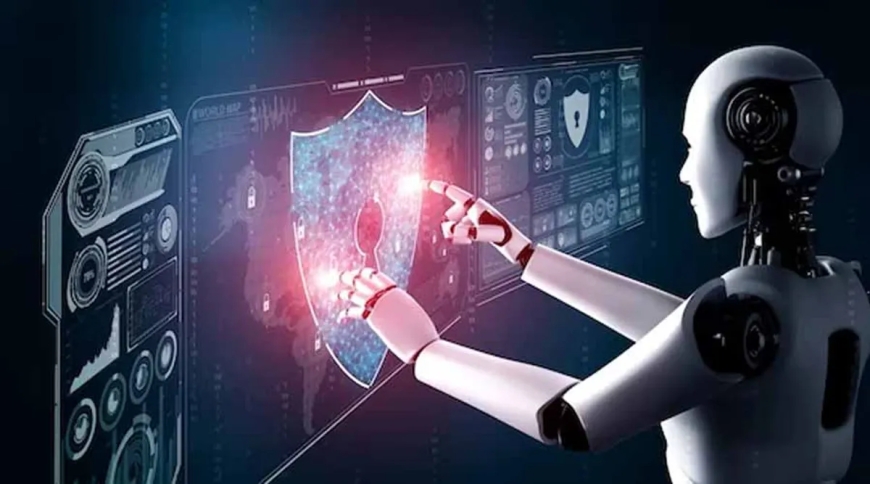
Benefit: Encoder LLMs significantly reduce false positives because they can understand why something looks fishy, providing a more intelligent assessment than a purely statistical model.
Limitation: They are computationally intensive, requiring significant processing power, often augmented by GPU acceleration.
The Ensemble Workflow: The magic lies in how these models work together.
-
All incoming transaction data first passes through the predictive ML model.
-
For transactions that are clearly legitimate (score well below risk threshold) or clearly fraudulent (score well above), and where the ML model has high confidence, an immediate decision is made: auto-approve or flag as fraud. This maintains efficiency for the vast majority of transactions.
-
It's the "low confidence, ambiguous transactions" – those where the predictive ML model returns a borderline score – that trigger the second stage. These are escalated to the encoder LLM.
-
The LLM then processes not only the original structured data but also any available unstructured data (text descriptions, customer notes, images, etc.). It uses its deep, context-aware lens to compare this composite input against millions of fraud patterns.
-
The final decision engine combines the LLM's assessment with the original ML model's input. A transaction that was initially borderline might be definitively flagged due to incriminating text identified by the LLM, or it might be cleared because the LLM found a benign, innocuous context.
Specialized Infrastructure: Running such a multi-model system in real-time, especially with the demanding computational requirements of LLMs, necessitates specialized hardware. AI accelerator chips, which can support low-latency inference at scale directly at the point of transaction, are crucial. This ensures fraud is caught in milliseconds, not minutes, providing true future-proofing against evolving threats.
This ensemble AI architecture offers a powerful shield, protecting financial assets by identifying complex and novel fraud tactics that would otherwise evade detection. It secures valuable data and intellectual property, proactively combating threats from both the highly technical cybercriminal and the psychologically manipulative fraudster.

Beyond Technology: The Role of People and Process
While cutting-edge AI is indispensable, future-proofing your business against financial crime is never just about technology. It’s an intricate ecosystem of people, processes, and a strong ethical core.
The Human Element in Oversight: The "accounting crisis" highlighted by Kelly Richmond Pope – a declining number of qualified accountants and auditors – is a critical vulnerability. Even with AI automating mundane tasks, the nuanced judgment of a CPA remains irreplaceable. Auditors are meant to provide assurance that financial statements are valid. When internal controls are weak, or management exerts undue pressure, the critical role of auditors comes to the forefront. Businesses must invest in talent, promote ethical practices, and ensure clear reporting channels. Accountants, like all employees, need an ethical compass grounded in principles (like Generally Accepted Accounting Principles) to navigate situations where expediency might tempt them to "make the numbers work."
Corporate Culture as a Bulwark: The Wells Fargo scandal, where extreme pressure to hit sales targets led to fraudulent account creation, serves as a stark warning. A corporate culture that prioritizes profit over ethics, or where employees fear reprisal for speaking up, creates fertile ground for financial crime. "Red flags" like a lack of clear policies, an absence of internal controls, or a leadership that tolerates cutting corners signal a toxic environment. Businesses must foster a culture built on transparency, accountability, and psychological safety, where employees feel empowered to "see something, say something" without fear of being penalized.
Empowering Whistleblowers: Whistleblowers are often the last line of defense against internal fraud. Pope categorizes them as:
-
Accidental Whistleblowers: Individuals who merely stumble upon wrongdoing while "just doing their job," like Kathy Swanson who uncovered Rita Cronwell's massive embezzlement.
-
Noble Whistleblowers: Those who bravely step outside the group to expose wrongdoing they know is unethical, often facing ostracization or threats.
-
Vigilante Whistleblowers: Those driven by a strong sense of justice, who actively seek out and expose unethical behavior, even if it doesn't directly impact them.A truly future-proofed organization needs mechanisms to support and protect all types of whistleblowers, ensuring their information is heard, acted upon, and that they are not penalized but celebrated.
Continuous Vigilance and Training: Financial criminals, whether human or AI-augmented, are constantly evolving their tactics. Employees, from entry-level to C-Suite, need continuous training on identifying red flags, recognizing phishing attempts (often made hyper-realistic by AI), and understanding social engineering tactics. The "don't trust, verify" mindset must be ingrained at every level. This also extends to securing basic digital hygiene, like avoiding unsecure websites (those without SSL/HTTPS) and being wary of identity theft.
Cyber Insurance: As explicitly mentioned in the "Securing the Assets" concept, cyber insurance is no longer a luxury but a critical component of risk management. Businesses need to partner with providers to craft cyber-specific policies that cover internet-based transactions, data breaches, and other financial crimes.
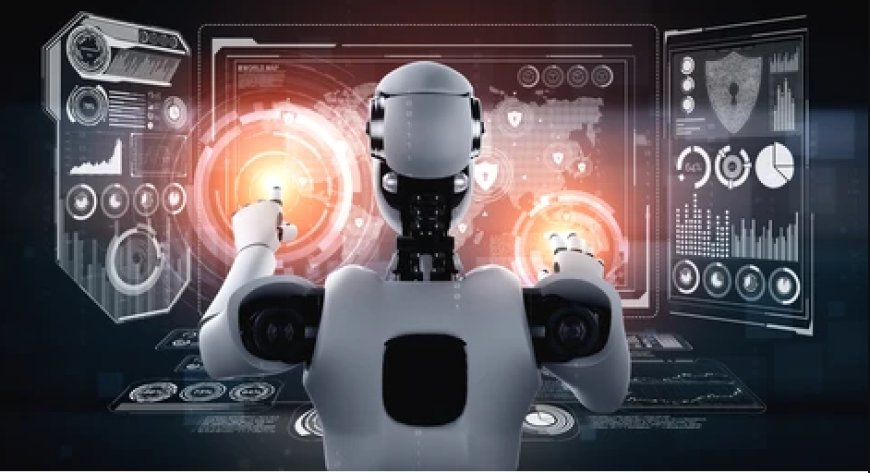
Future-Proofing in Practice
The journey to future-proofing your business against financial crime in the age of AI is dynamic and ongoing. It demands a multi-layered, adaptive strategy that harmonizes cutting-edge AI defenses with robust human ethics, stringent internal controls, and a culture of transparency.
Embrace AI not just as a tool for growth, but as an indispensable shield. Implement ensemble AI models for real-time fraud detection, leveraging the speed of predictive ML for routine transactions and the deep analytical power of LLMs for complex, ambiguous cases. Invest in the underlying infrastructure, including AI accelerators, to ensure these defenses operate at the speed of modern digital commerce.
Simultaneously, cultivate a strong ethical corporate culture that empowers employees, supports whistleblowers, and prioritizes long-term integrity over short-term gains. Ensure your human talent, particularly in accounting and auditing, is equipped not only with technical skills but also with an unwavering moral compass. Provide continuous education and training, reinforcing the "don't trust, verify" ethos in an era where reality itself can be manufactured.
Financial crime is no longer a distant threat; it is an omnipresent, AI-enhanced adversary. The businesses that thrive in this new landscape will be those that strategically harness AI for their defense, understanding that the future is secured not just by what we build, but by how intelligently and ethically we protect it.
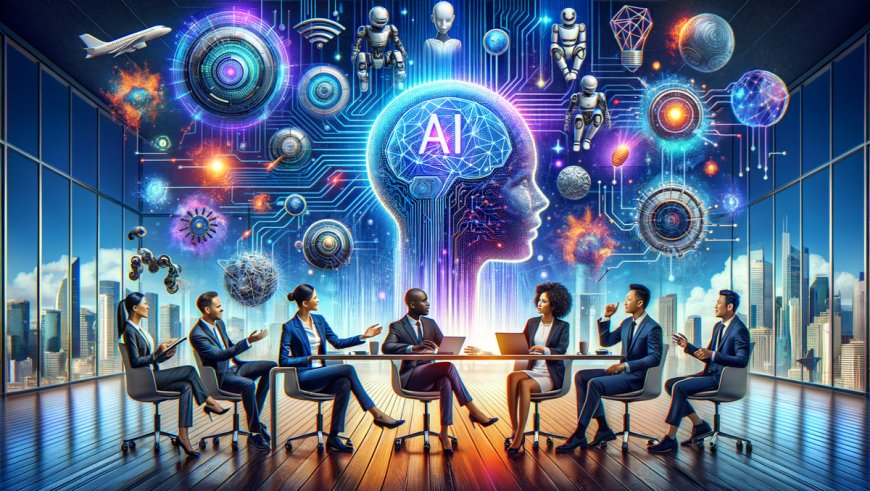
FAQ Section
1. How does Artificial Intelligence impact financial crime, functioning as both a potent weapon and an essential defense mechanism?
AI presents a dual challenge in the fight against financial crime. On one hand, malicious actors are leveraging AI to "jailbreak" complex models, generate hyper-realistic deepfakes and scam scripts, manipulate information, and conduct sophisticated cyberattacks that can compromise sensitive data and critical infrastructure. This weaponization of AI accelerates the speed and scale of cyber threats. On the other hand, businesses can use AI as a formidable defense. Advanced AI cybersecurity strategies, particularly ensemble AI models, combine different AI technologies to detect and prevent complex financial fraud in real-time by identifying intricate patterns and contextual clues that traditional methods would miss.
2. What are the key differences between how traditional, human-driven financial crime operates and how AI is augmenting these criminal activities?
Traditional financial crime, as explained by the "fraud triangle" (opportunity, rationalization, and pressure), fundamentally exploits human weaknesses and ethical dilemmas. Perpetrators range from intentional masterminds to righteous or accidental accomplices. While these human elements remain central, AI is significantly augmenting and supercharging these activities. AI can craft highly personalized, convincing scam scripts, generate deepfake audio/video to impersonate individuals for fraudulent transactions, and rapidly exploit vulnerabilities across vast digital landscapes. This allows fraudsters to bypass traditional defenses more effectively and at a much greater scale, making the "cat and mouse" game much more complex and technologically advanced.
3. In the context of AI-powered fraud detection, what distinguishes Traditional Predictive Machine Learning models from Encoder-Based Large Language Models, and how do they complement each other?
Traditional Predictive Machine Learning (ML) models excel at processing structured data to identify known patterns of fraud with high speed and efficiency. They are "pattern-bound" and are effective at catching "card-not-present spikes, bursts of spending, geolocation jumps," operating with microsecond latency. However, they struggle with novel fraud tactics or unstructured data. Encoder-Based Large Language Models (LLMs), conversely, specialize in natural language understanding (NLU), analyzing unstructured data like text descriptions and customer notes for contextual clues, sentiment, and subtle indicators of scamming (e.g., "urgent investment guaranteed 200% ROI"). While computationally more intensive, LLMs significantly reduce false positives by understanding the "why" behind suspicious activity. In an ensemble AI workflow, predictive ML handles clear-cut cases, while ambiguous transactions are escalated to encoder LLMs for deeper, context-aware analysis, ensuring both speed and precision.
4. How does the fundamental nature of AI systems ("grown" like "piles of numbers") create unique cybersecurity challenges compared to traditional, "line-by-line coded" software?
Traditional software is built "line-by-line with code," meaning that when vulnerabilities are discovered, expert programmers can precisely identify and patch the specific lines of code causing the issue. Conversely, AI systems, particularly complex LLMs, are more like they're "grown," resembling "immense piles of numbers." Their internal workings are often "wildly ineffective" at patching known vulnerabilities because their complexity makes it incredibly difficult to pinpoint and fix specific issues within their vast, non-linear structures. This nascent understanding of AI's internal mechanics creates a significant challenge for security, as traditional patching methods are insufficient, leaving these systems more fragile and susceptible to novel forms of exploitation.
5. Beyond purely technological solutions, what is the importance of human and cultural factors in future-proofing a business against financial crime in the AI era, and how do these interact with AI defenses?
While cutting-edge AI defenses are crucial, future-proofing extends beyond technology to encompass robust human and cultural factors. A strong corporate culture built on transparency, accountability, and ethical principles is vital to prevent internal fraud, as seen in cases where pressure to hit targets leads to misconduct. Investing in human oversight, such as skilled CPAs and auditors, provides critical judgment even as AI automates tasks. Additionally, empowering and protecting whistleblowers offers a crucial line of defense. Continuous employee training against AI-enhanced social engineering and deepfake scams is also paramount. These human and cultural safeguards create an environment where AI defenses can be most effective, preventing both human-driven exploitation and the manipulation of AI systems by internal or external actors.
Get Expert Support Today. For comprehensive AI Advisory Solutions, Debt Collection, and Private Investigation Services, our team is ready to assist you. Reach out to: agentjoyce@kreenoplus.com or connect via WhatsApp: +234 902 148 8737. Empowering businesses with intelligence, integrity, security, and innovation—The KREENO Way.

Kindly share this story:
Contact: report@probitasreport.com
Stay informed and ahead of the curve! Follow The ProbitasReport Online News Report on WhatsApp for real-time updates, breaking news, and exclusive content especially when it comes to integrity in business and financial fraud reporting. Don't miss any headline and follow ProbitasReport on social media platforms @probitasreport
©2025 ProbitasReport - All Rights Reserved. Reproduction or redistribution requires explicit permission.
What's Your Reaction?










